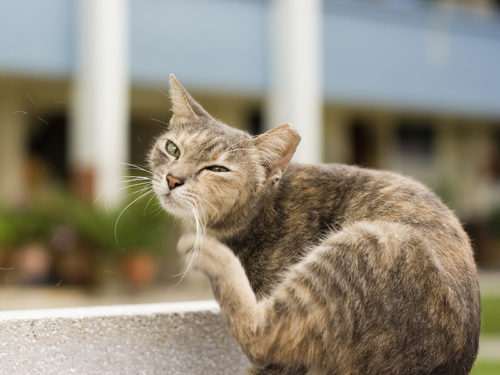Keep your home and business pest free
We provide affordable, comprehensive pest control services throughout Auckland.
Helpful Hints for Getting Rid of Fleas
Treat your pets as soon as you can. You will get better results if all flea treatments – environmental and on-animal – are done about the same time.
DO NOT AVOID FLEA INFESTED AREAS AFTER THE TREATMENT – YOU WILL REDUCE THE EFFECTIVENESS OF THE TREATMENT – especially remember the spare room, shed or places where the pet likes to rest.
If you remove the pet, flea problems may appear to be worse – as you have become the only potential host. It is best to treat before the numbers build up, there is no need to go through the discomfort of flea bites.
Entering vacant houses will hatch any fleas waiting to hatch. This is especially a problem with vacant rental and holiday houses. If you are going on holidays, have a friend stomp through the house/yard several times while you are away, especially on the day of your return – the fleas will hatch and die on the treated surfaces before you return. (You will owe your friend big time.)
Fleas
You have called us because you have a flea problem. Please take a few minutes to read this article so you better understand how best results may be achieved.
The life cycle of the flea is similar to that of a moth – egg, larva (caterpillar), pupa (cocoon) and adult. A newly hatched adult flea is unfed, small, black and aggressive – some people mistakenly refer to these as ground or sand fleas. After they have had a blood meal, fleas lighten in colour and become larger. For every flea on your pet there may be hundreds waiting to hatch!
Sometimes flea treatments appear to be ineffective as small black fleas are seen after the treatment. This is because the pupae are quite resistant to chemicals. Fleas continue to emerge from pupal cases because insecticides cannot penetrate the flea pupal case. Ten fleas can potentially reproduce to 250,000 in only 30 days!
The solution for successful flea control is: treatment of the pet and the pet’s environment (if necessary in and outside the house) along with some patience.
Fleas lay eggs on the pet when the host is resting. The white eggs fall off the pet onto the carpet, soil etc. Small blind larvae emerge from the eggs. These larvae move away from the light, burrowing down into the carpet, cracks in floorboards or into the soil. They feed on protein, such as flea droppings of partly digested blood. They moult three times before forming a pupa. The larva changes into the adult in the pupa. The pupa is sticky, so it binds its surrounds to itself, becoming invisible.
In summer, a flea may be ready to hatch from the pupa about 7-14 days after it is formed, however they can remain dormant for up to 18 months. Hatching of the flea from the pupa is triggered by nearby movement, predominantly during warm, moist weather conditions.
After feeding on the host, the engorged female flea is ready to mate and lay eggs – about 24 hours after hatching. She is capable of laying up to 500 eggs (27 per day) over a lifetime which may span several weeks.
A SUCCESSFUL TREATMENT MUST INCLUDE ALL AREAS FREQUENTED BY THE PET
1) Indoors – remove toys, clothes etc from the floor. Some insecticides will affect fish. Cover the fish tank and turn off the filter prior to treatment. Remove pets from the area to be treated – return them only after the treatment has dried.
2) Treat the pet(s) – advice may be sought from your Veterinarian. The use of soaps or shampoos may reduce the residual action of the treatment.
3) Be patient. Even if everything has been done correctly, you will still see newly hatched fleas, usually for several weeks. Do not leave flea infested areas undisturbed – movement hatches fleas.
Do not vacuum for at least seven days after treatment. Place the vacuumings in a bag and put in the bin.
4) Leave your pet in the flea infested areas – it will attract the fleas. If the pet is removed from the infested area, fleas will continue to hatch for about six weeks with normal ‘human’ activity. Retreat your pet regularly according to the label of the on-animal flea product.
EXPECTATION
Fleas will be seen when an area is newly disturbed – such as when people get up in the morning or go outside – but not later in the day in that area. If the treatments are working, fleas will hatch, contact the treated surface (carpet, soil – treated by our company, or pet – treated with on-animal product) and die within a few hours.
Keep your home and business pest free
Call us on 027 7744 550 or request a free quote

